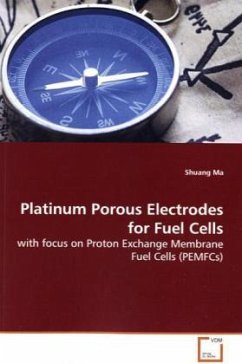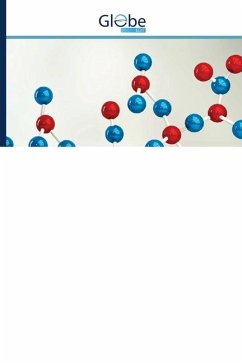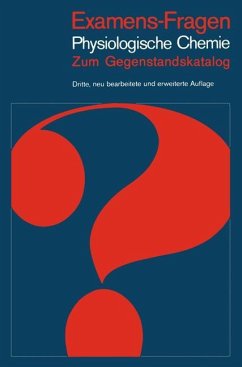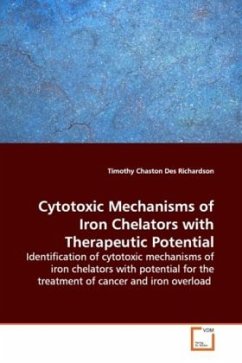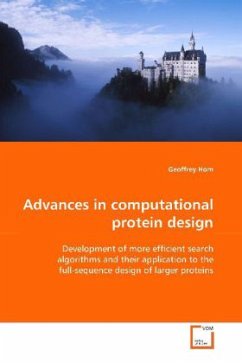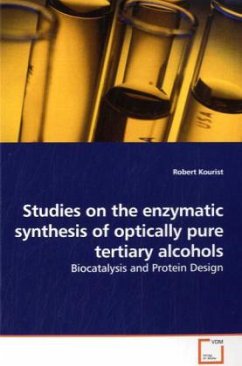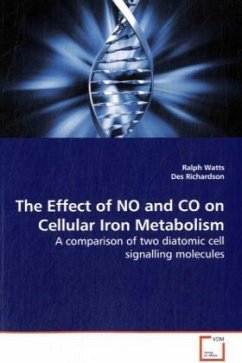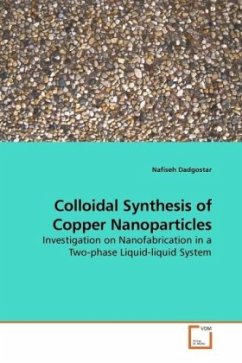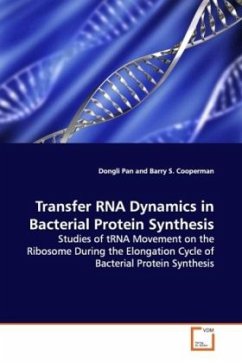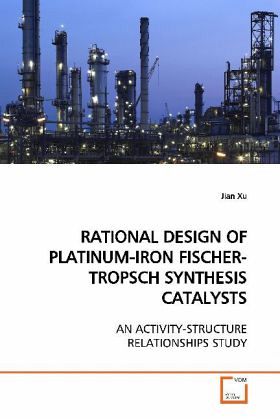
RATIONAL DESIGN OF PLATINUM-IRON FISCHER-TROPSCH SYNTHESIS CATALYSTS
AN ACTIVITY-STRUCTURE RELATIONSHIPS STUDY
Versandkostenfrei!
Versandfertig in 6-10 Tagen
39,99 €
inkl. MwSt.

PAYBACK Punkte
20 °P sammeln!
Silica-supported iron catalysts were prepared using an advanced non-aqueous evaporative deposition technique, which leads to a catalyst with high extents of reduction, high CO conversions, and high C2+ hydrocarbons productivities. The catalysts were tested following an L18 orthogonal array statistical design approach. Primary independent variables affecting catalysts activity were promoter type, pretreatment gas composition, pretreatment and reaction temperature. Steady state catalytic activity is positively correlated with increasing bulk chi-carbide content for silica-supported Fe and FePt c...
Silica-supported iron catalysts were prepared using
an advanced non-aqueous evaporative deposition
technique, which leads to a catalyst with high
extents of reduction, high CO conversions, and high
C2+ hydrocarbons productivities. The catalysts were
tested following an L18 orthogonal array statistical
design approach. Primary independent variables
affecting catalysts activity were promoter type,
pretreatment gas composition, pretreatment and
reaction temperature. Steady state catalytic
activity is positively correlated with increasing
bulk chi-carbide content for silica-supported Fe and
FePt catalysts but not for FePtK.
The bulk and surface carbonaceous species was both
measured with high pressure in situ Mössbauer
spectroscopy and TPSR-MS. A correlation between the
amount of reactive -carbon (C ) and initial
catalytic activity was established. An modified
method was proposed for quantitative measurement of
irreversible CO site density on the iron catalysts.
Finally, a comprehensive model was proposed for iron
phase transformations during pretreatment, FTS and
post-reaction passivation/oxidation.
an advanced non-aqueous evaporative deposition
technique, which leads to a catalyst with high
extents of reduction, high CO conversions, and high
C2+ hydrocarbons productivities. The catalysts were
tested following an L18 orthogonal array statistical
design approach. Primary independent variables
affecting catalysts activity were promoter type,
pretreatment gas composition, pretreatment and
reaction temperature. Steady state catalytic
activity is positively correlated with increasing
bulk chi-carbide content for silica-supported Fe and
FePt catalysts but not for FePtK.
The bulk and surface carbonaceous species was both
measured with high pressure in situ Mössbauer
spectroscopy and TPSR-MS. A correlation between the
amount of reactive -carbon (C ) and initial
catalytic activity was established. An modified
method was proposed for quantitative measurement of
irreversible CO site density on the iron catalysts.
Finally, a comprehensive model was proposed for iron
phase transformations during pretreatment, FTS and
post-reaction passivation/oxidation.



